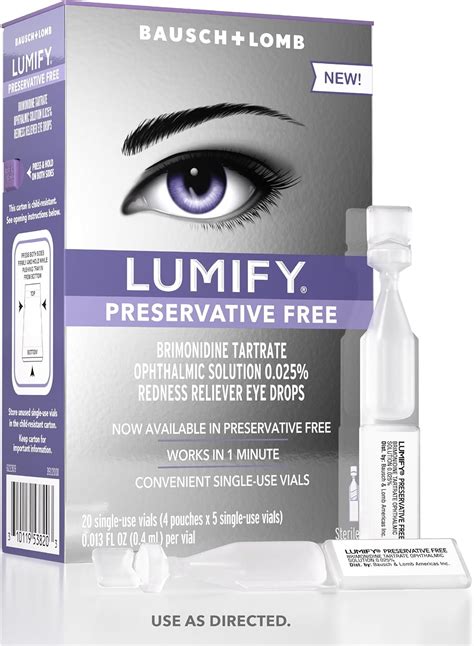The discomfort and distress caused by fungal infections of the foot, commonly known as athlete’s foot, can significantly impact one’s quality of life. Characterized by itching, cracking, and flaking skin, this condition thrives in warm, moist environments, making the feet an ideal breeding ground. Understanding the causes, symptoms, and most importantly, the effective treatments for fungal foot infections is crucial for both prevention and cure. This comprehensive guide aims to delve into the world of fungal foot treatments, exploring conventional, natural, and preventive measures to help individuals reclaim their foot health.
Understanding Fungal Foot Infections
Before diving into treatments, it’s essential to understand what fungal foot infections are and how they occur. These infections are typically caused by a group of fungi known as dermatophytes, which feed on keratin, a protein found in the skin, hair, and nails. The most common types of fungal infections affecting the feet include athlete’s foot (tinea pedis), fungal toenail infections (onychomycosis), and fungal infections of the skin (tinea corporis when it affects the body, tinea cruris when it affects the groin).
Symptoms and Diagnosis
Identifying the symptoms is the first step towards treatment. Common symptoms include: - Itching, stinging, or burning sensations in the infected area - Redness, blisters, or cracked skin - Flaky or scaly skin patches - Dry skin on the soles or between the toes - Foul odor from the feet - Thickening or discoloration of the nails in the case of fungal toenail infections
Diagnosis is usually made based on a physical examination and medical history. In some cases, a skin scraping or nail sample may be sent to a lab for further analysis to confirm the presence of a fungal infection.
Conventional Treatments
Conventional treatments for fungal foot infections vary based on the severity and type of infection. They include: - Topical Antifungals: Creams, powders, or sprays applied directly to the infected area. Examples include clotrimazole, miconazole, and terbinafine. - Oral Antifungals: Prescribed for more severe infections or when topical treatments are not effective. Common oral antifungals include fluconazole, itraconazole, and terbinafine. - Nail Care for Fungal Toenail Infections: May involve debridement (removal of the infected nail tissue) or in severe cases, surgical removal of the nail.
Natural Remedies and Home Care
While conventional treatments are often effective, some individuals may prefer or find relief in natural remedies and home care practices. These include: - Tea Tree Oil: Known for its antifungal properties, tea tree oil can be applied topically to the affected area, often diluted with a carrier oil. - Vinegar Soaks: Soaking the feet in a vinegar bath can help reduce the pH of the skin, making it less hospitable to fungal growth. - Keeping the Feet Clean and Dry: Regular washing, especially between the toes, and drying thoroughly, particularly after bathing or exercising, can prevent fungal infections. - Wearing Breathable Shoes: Reduces sweat accumulation, which can contribute to fungal growth.
Preventive Measures
Prevention is key when it comes to fungal foot infections. Some practices to incorporate into daily life include: - Practicing Good Hygiene: Wash feet daily, and dry them thoroughly, especially between the toes. - Using Antifungal Products: Regular use of antifungal powders or sprays can help prevent infections. - Wearing Socks Made from Natural Fibers: Materials like cotton can help keep feet dry by allowing moisture to escape. - Avoiding Sharing Personal Care Items: Prevents the spread of fungal infections.
The Future of Fungal Foot Treatment
Research into new treatments for fungal infections continues, with advancements in antifungal medications and therapies showing promise. The development of more targeted treatments with fewer side effects is an area of interest. Additionally, the exploration of natural compounds with antifungal properties could offer alternative solutions for those seeking to avoid conventional pharmaceuticals.
Conclusion
Fungal foot infections, while common and treatable, require prompt attention to prevent complications and alleviate discomfort. By understanding the causes, symptoms, and available treatments, individuals can take effective steps towards curing these infections and preventing future occurrences. Whether opting for conventional treatments, exploring natural remedies, or focusing on preventive measures, there are numerous paths to reclaiming foot health and comfort.
How do I know if I have a fungal foot infection?
+Look for symptoms such as itching, cracking, or flaking skin on your feet, particularly between the toes or on the soles. If you experience persistent discomfort or notice unusual changes in your skin or nails, it’s a good idea to consult a healthcare professional for a proper diagnosis.
Can fungal foot infections be prevented?
+Yes, there are several preventive measures you can take. Practicing good hygiene, wearing breathable shoes, keeping your feet dry, and using antifungal products can all help in preventing fungal infections. Additionally, avoiding sharing personal care items and wearing socks made from natural fibers can reduce your risk.
What is the most effective treatment for fungal toenail infections?
+Treatments for fungal toenail infections can vary based on the severity of the infection. Topical treatments are often less effective for nail infections due to the nail’s protective barrier. Oral antifungals prescribed by a healthcare professional are typically more effective for treating fungal toenail infections. In some cases, laser treatment or surgical removal of the nail may be considered.



